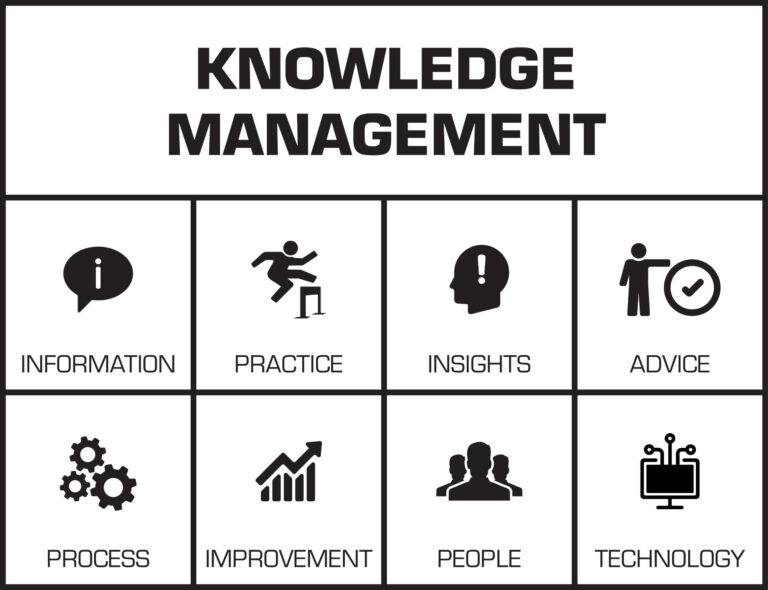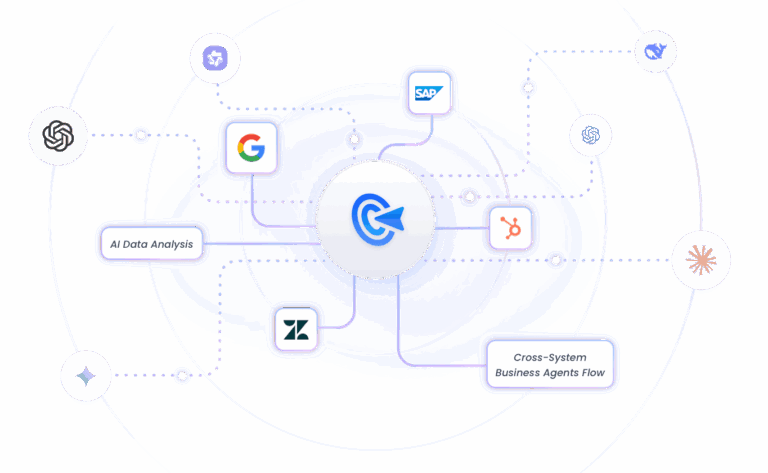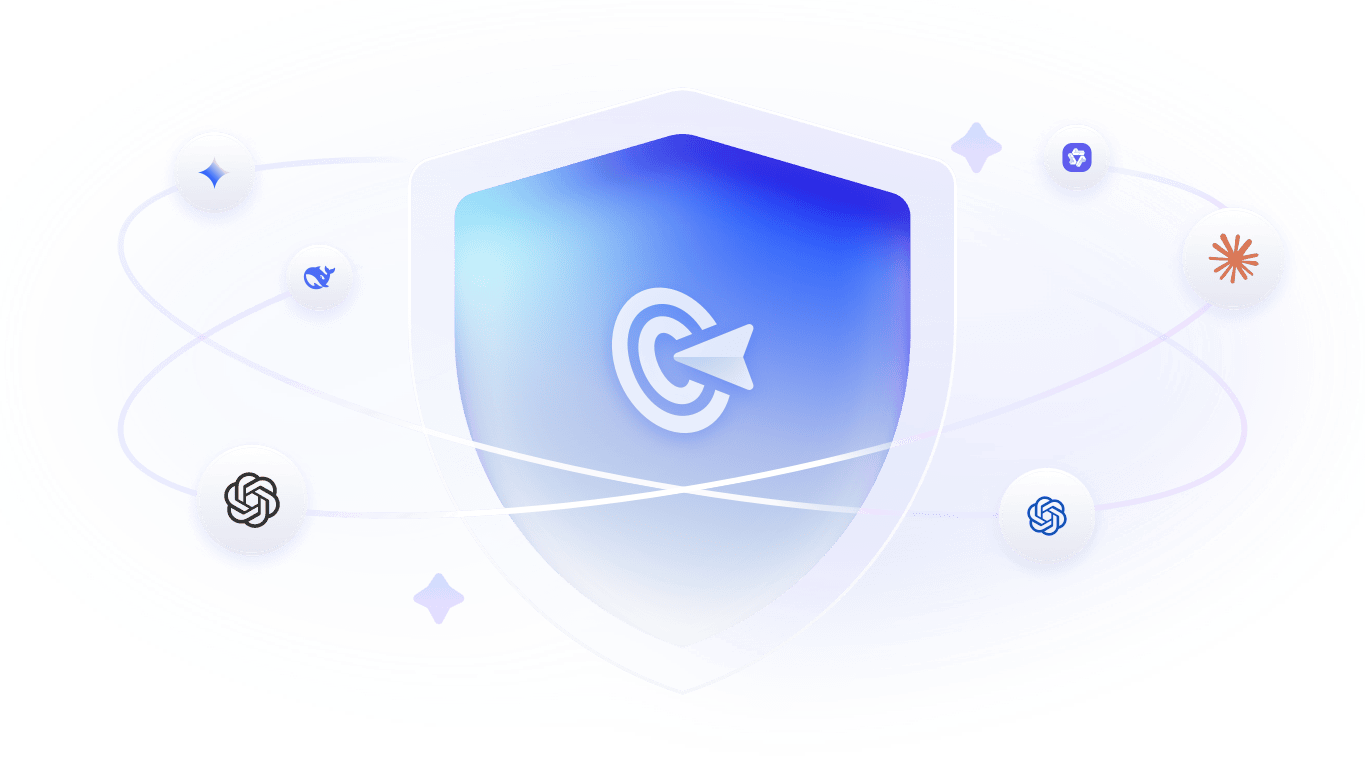- What Is Knowledge Management and Why It Matters
- 7 Effective Knowledge Management Best Practices
- 1. Centralize Knowledge into a Single Source of Truth
- 2. Design a Logical Taxonomy and Metadata Structure
- 3. Build a Culture of Knowledge Sharing
- 4. Keep Knowledge Current and Reliable
- 5. Leverage AI for Smart Discovery and Insights
- 6. Secure and Govern Knowledge Responsibly
- 7. Continuously Measure and Improve Your KM Efforts
- Common Challenges in Knowledge Management
- How GoInsight.AI Enhances Knowledge Management
- Conclusion
In today’s data-driven world, effective knowledge management is vital for every organization. Without a clear system to capture and share knowledge, valuable insights often get lost, slowing collaboration and innovation.
Applying the right knowledge management best practices helps teams access information efficiently, make better decisions, and maintain a culture of continuous learning. This article explores what knowledge management is, why it matters, and how to implement it effectively in modern enterprises.
What Is Knowledge Management and Why It Matters

Knowledge management (KM) refers to the process of capturing, organizing, sharing, and effectively using information within an organization. It involves not only storing data but also transforming it into accessible, actionable knowledge that employees can rely on to make informed decisions.
In modern enterprises, knowledge exists in many forms—documents, reports, emails, project notes, and even informal conversations. Without a structured knowledge management system, this information quickly becomes fragmented, leading to inefficiency and duplicated work.
The importance of effective KM goes beyond productivity. It strengthens collaboration, preserves institutional knowledge, and empowers teams to learn from past experiences. Moreover, when organizations treat knowledge as a strategic asset, they can adapt faster to change and foster innovation.
In short, knowledge management ensures that the right information reaches the right people at the right time. By building a culture of knowledge sharing and using structured processes and tools, companies can turn information overload into a competitive advantage.
7 Effective Knowledge Management Best Practices
Building an effective knowledge management strategy goes beyond collecting information—it’s about turning information into insight and ensuring it flows seamlessly across the organization. The following knowledge management best practices help enterprises create systems that are scalable, intelligent, and human-centered.
1. Centralize Knowledge into a Single Source of Truth
Most organizations struggle with fragmented data—files scattered across emails, chats, and disconnected systems. When knowledge is fragmented, employees spend valuable time searching for information or recreating work that already exists.
Creating a centralized knowledge management system ensures that all critical information—documents, policies, reports, and project notes—resides in one trusted location. It’s the foundation for all other KM initiatives.
To make this work:
- Choose a system that supports multiple content formats (text, code, multimedia).
- Use clear folder structures and consistent document naming.
- Design access permissions that balance openness with security.
- Integrate your KM platform with everyday tools (like Slack, Teams, or CRM systems) to ensure knowledge flows naturally where people work.
A unified repository doesn’t just save time; it builds institutional memory and continuity—especially important as teams scale or change.
2. Design a Logical Taxonomy and Metadata Structure
Without organization, even the most complete knowledge base becomes unusable. A clear taxonomy—your hierarchy of categories, tags, and labels—helps employees navigate the knowledge landscape intuitively.
Effective KM frameworks often combine hierarchical structures (departments, projects, functions) with semantic tagging (topics, keywords, entities). This hybrid approach improves both discoverability and contextual relevance.
When designing your taxonomy:
- Map it to your company’s processes and workflows, not just file types.
- Keep it flexible—knowledge evolves faster than folder trees.
- Train teams to apply consistent metadata and tags when uploading or editing content.
3. Build a Culture of Knowledge Sharing
The success of knowledge management depends more on culture than on technology. If people don’t see the value in sharing what they know, even the best system will remain empty.
Leaders should model transparency—documenting lessons learned, celebrating shared insights, and recognizing contributors. Gamification and recognition programs can help, but the deeper goal is to normalize learning as part of daily work.
Practical steps include:
- Make knowledge sharing part of onboarding and performance goals.
- Encourage communities of practice where expertise grows collectively.
- Provide easy-to-use contribution workflows (like quick upload forms or Slack integrations).
Over time, this shifts the mindset from “knowledge is power” to “shared knowledge is growth.”
4. Keep Knowledge Current and Reliable
A common failure point in KM initiatives is outdated content. Employees quickly lose trust in a system if they repeatedly find obsolete information.
To prevent this, create a governance process:
- Assign “content owners” to each knowledge domain.
- Schedule periodic content reviews (quarterly or biannually).
- Use version control and change tracking to maintain transparency.
- Archive or label outdated materials instead of deleting them—old context can still hold value.
A reliable knowledge base becomes a living asset rather than a static archive.
5. Leverage AI for Smart Discovery and Insights
Modern knowledge management systems are being redefined by artificial intelligence. AI doesn’t just store information—it interprets it. Using technologies like natural language search, semantic embeddings, and retrieval-augmented generation (RAG), teams can now access relevant knowledge in seconds.
AI can:
- Understand search intent rather than just matching keywords.
- Automatically tag, summarize, and recommend related content.
- Detect redundant or conflicting documents for cleanup.
Beyond efficiency, AI-driven KM empowers decision-making by connecting the dots between previously isolated information sources—helping organizations move from “data-rich” to “insight-driven.”
6. Secure and Govern Knowledge Responsibly
As data sharing increases, so do the risks. A strong knowledge management framework must embed security, compliance, and governance from the start.
That means:
- Implementing role-based access control (RBAC).
- Keeping detailed activity logs for audits.
- Applying data retention and deletion policies aligned with regulations like GDPR.
Enterprises must find a balance: too much restriction discourages sharing, but too little governance can expose the organization to serious risks. The goal is controlled openness—secure enough for compliance, open enough for collaboration.
7. Continuously Measure and Improve Your KM Efforts
Knowledge management is never “done.” To ensure continuous improvement, define measurable outcomes and track them regularly.
Useful metrics include:
- Search success rate (how often users find what they need).
- Contribution rate (how many employees actively share knowledge).
- Knowledge reuse rate (how often content is referenced or applied).
- Time saved through improved search or automation.
Regularly review these metrics and adjust processes or technology as needed. Treat your KM system as a living ecosystem that evolves with your organization’s needs.
Common Challenges in Knowledge Management
Even with the best intentions, many organizations find knowledge management (KM) difficult to implement effectively. The main issues often lie not in technology itself, but in how information is created, stored, and shared across teams.
1. Information Silos and Fragmentation: Knowledge often lives in scattered systems—emails, chat threads, personal drives, and disconnected tools. As a result, teams waste time searching for answers or recreating existing work.
2. Outdated or Inconsistent Content: Without clear ownership or review cycles, knowledge bases quickly become outdated. Employees lose trust, and adoption rates drop.
3. Low Engagement and Knowledge Hoarding: When sharing knowledge is not embedded in company culture, employees tend to keep information to themselves.
4. Lack of Contextual Search and Insights: Traditional KM systems rely on keyword search, which often fails to understand user intent or context.
5. Security and Compliance Risks: As organizations scale, uncontrolled access to sensitive data can create compliance and governance issues.
These challenges lead to lost productivity, duplicated work, and missed opportunities for innovation. To overcome them, enterprises need a modern knowledge management system that unifies content, automates organization, enhances search accuracy, and enforces enterprise-grade security—all while making collaboration effortless.
How GoInsight.AI Enhances Knowledge Management
Effective knowledge management isn’t just about storing information—it’s about making it actionable. Many organizations struggle with fragmented documents, scattered notes, and siloed systems, which slow collaboration and decision-making.

Platforms like GoInsight.AI address this challenge by combining integrated knowledge bases with Retrieval-Augmented Generation (RAG) technology. This allows teams to consolidate information from multiple sources, making knowledge easily searchable and contextually relevant. Instead of manually sifting through files, employees can quickly retrieve precise answers or summaries generated by AI, turning raw data into actionable insight.
Moreover, RAG-powered knowledge retrieval can feed directly into automated workflows. Critical information is delivered to the right person at the right time, supporting faster decisions and more efficient operations. By connecting knowledge management best practices with intelligent automation, GoInsight.AI helps organizations not only organize their knowledge but also use it strategically, unlocking the full potential of their information assets.
Conclusion
Implementing effective knowledge management best practices allows organizations to transform scattered information into actionable insights, improve collaboration, and make faster, smarter decisions. By centralizing knowledge, keeping content relevant, and fostering a culture of sharing, teams can fully leverage their information assets. AI-powered platforms like GoInsight.AI further enhance this process by enabling intelligent retrieval from integrated knowledge bases and automating information flow. Combining these practices with smart automation ensures that the right knowledge reaches the right people at the right time, helping enterprises work more efficiently and unlock the full potential of their collective knowledge.






Leave a Reply.